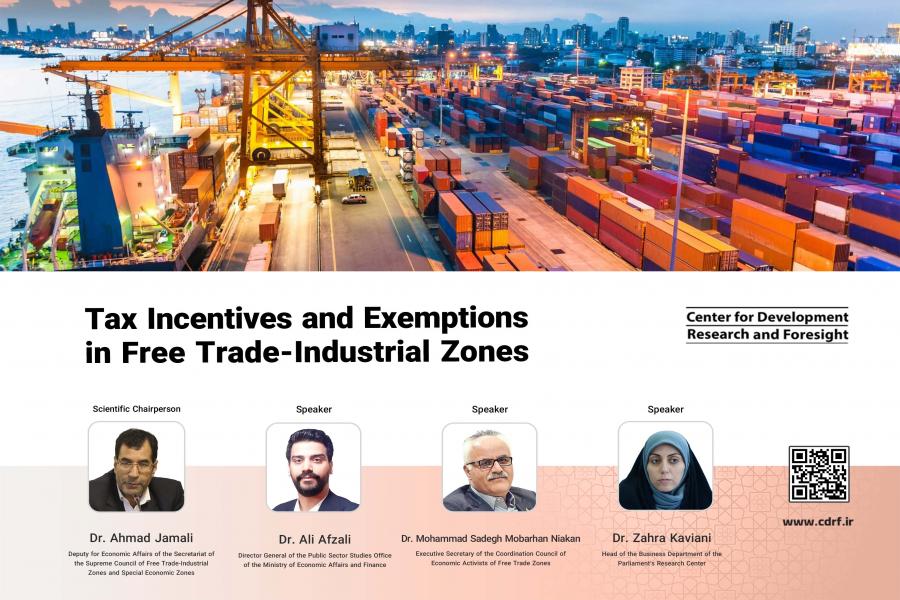
-
بررسی آییننامهها و دستورالعملهای برنامه هفتم پیشرفت
-
بررسی عوامل موثر بر افزایش تصادفات و تلفات جادهای و سوانح رانندگی و دادهکاوی تلفات انسانی
-
سازماندهی و بازآرایی فضایی آموزش عالی کشور
-
به روز رسانی سند ملی آمایش سرزمین
-
انجام مطالعات مناطق آزاد به عنوان نواحی پیشران اقتصادی کشور
-
اصلاح ساختار بودجه و پیاده سازی نظام یکپارچه مدیریت اطلاعات مالی دولت (IFMIS)

Concerns are mounting about the effectiveness of Iran's free trade zones, with their number ballooning from 8 to 18 and their impact falling short of expectations. This has sparked calls for reform, focusing on specialization, targeted incentives, and a renewed emphasis on exports.
Experts warn that increased competition, both domestically and internationally, threatens to render these zones redundant without proper specialization. The current system of broad tax exemptions is also under fire, with calls for a more targeted approach that prioritizes export-oriented activities.
One key recommendation is to specialize each zone based on its unique location and resources, focusing on specific industries like tourism, manufacturing, or logistics. This specialization should be reflected in the incentives offered, ensuring they align with the desired outcomes.
Furthermore, reforming the existing law governing free zones is seen as crucial. This would involve aligning their goals with the desired outcomes, such as boosting exports, and linking incentives to actual performance.
Some experts suggest reinvesting a portion of the tax revenue collected from free zones back into these areas. This could be used to improve infrastructure, attract skilled workers, and create a more attractive environment for businesses.
The future of Iran's free trade zones hangs in the balance. Will they adapt and thrive through specialization, targeted incentives, and a renewed focus on exports, or become relics of a bygone era? The answer hinges on crucial reforms and a clear vision for their purpose.



